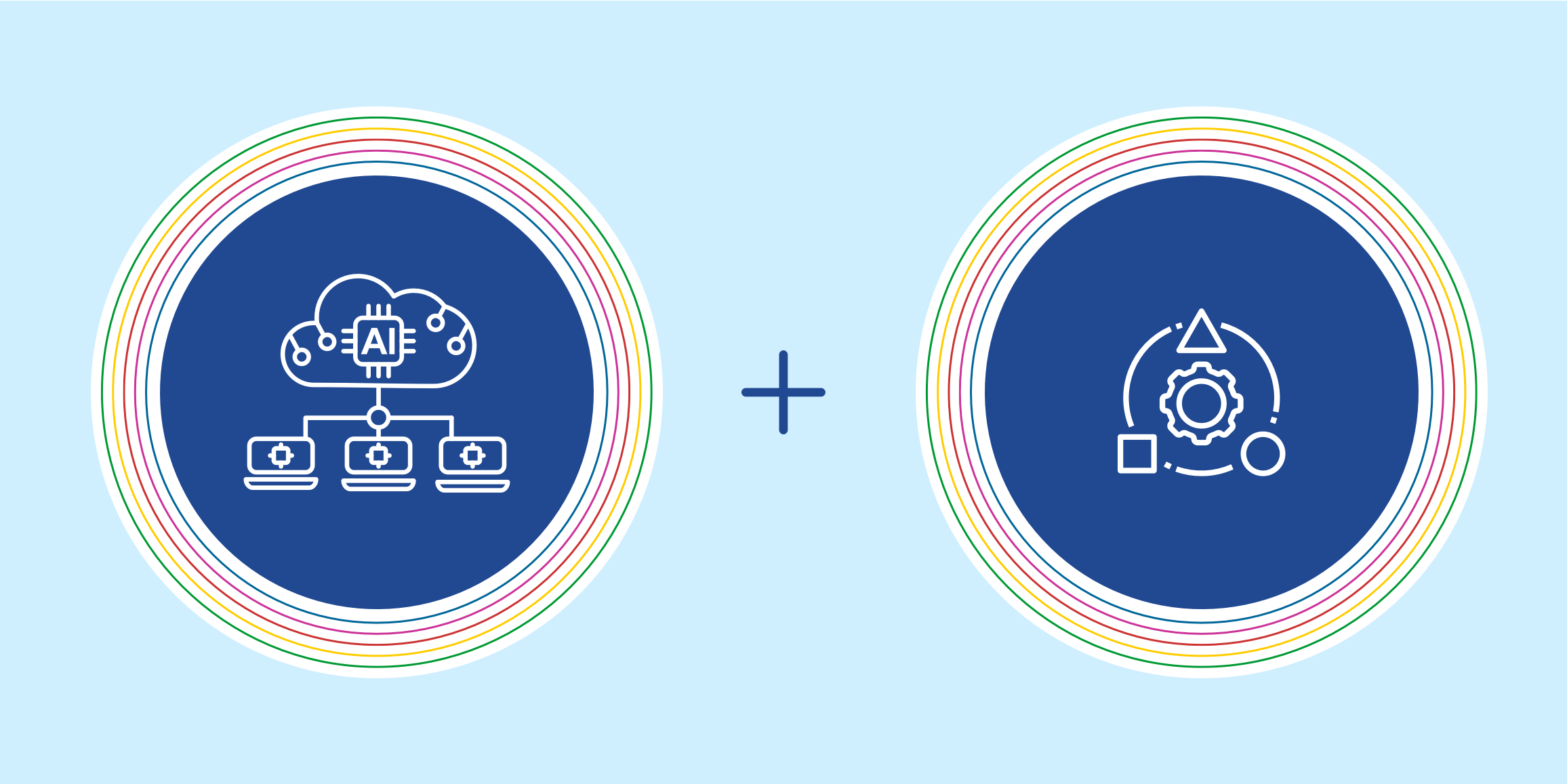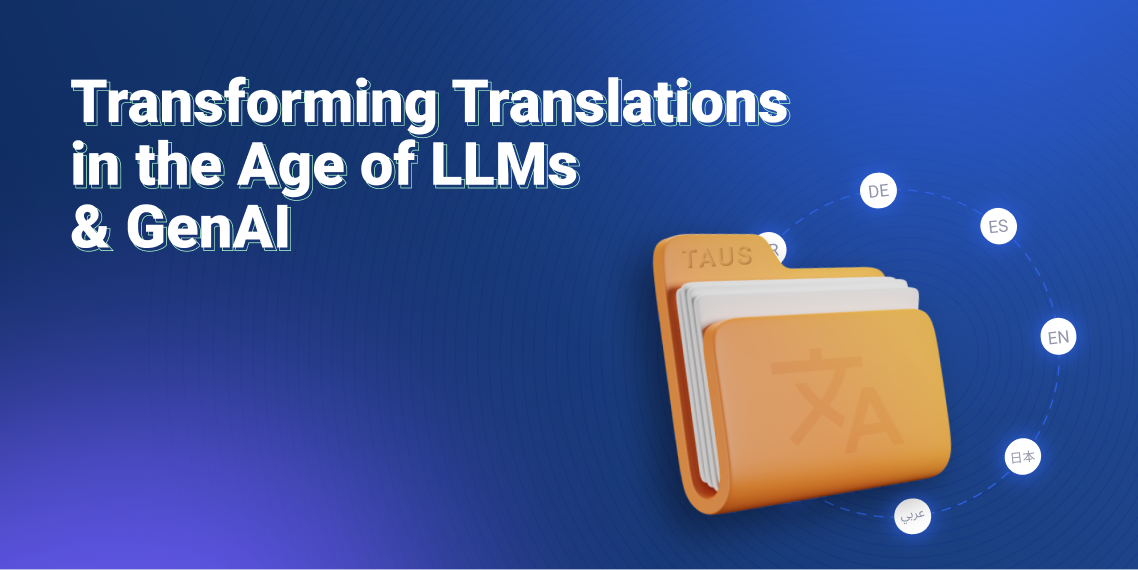Why Does Training Data for AI and ML Matter?

Reasons why training data is important for AI and ML practices.
Training data is perhaps one of the most integral pieces of machine learning and artificial intelligence. Without it, machine learning and artificial intelligence would be impossible. Models would not be able to learn, make predictions, or extract useful information without learning from training data. It’s safe to say that training data is the backbone of machine learning and artificial intelligence.
Similar to how humans learn from past experiences, artificial intelligence uses training data to learn and develop intelligence to make decisions. Because of that, a model is only as good as the quality of the training data. This means that training data of higher quality will yield a better-trained model and more accurate results, reducing the chances of a model with a high bias or high variance.
Through training data, artificial intelligence and machine learning have changed the world we live in and continue to do so. Tasks that would take humans hours or even years can now be solved within seconds. These capabilities have led to incredible advancements in healthcare, finance, retail, business, and many more other industries. Humans today rely on artificial intelligence without even knowing it. For example, email spam detection or predictive typing platforms are ways in which artificial intelligence and machine learning have shaped our day-to-day lives. This would not be possible without the presence of training data to enable these technologies.
Reference:
.jpeg)
Husna is a data scientist and has studied Mathematical Sciences at University of California, Santa Barbara. She also holds her master’s degree in Engineering, Data Science from University of California Riverside. She has experience in machine learning, data analytics, statistics, and big data. She enjoys technical writing when she is not working and is currently responsible for the data science-related content at TAUS.



